Indoor plants bring life and vibrancy to any home, but without adequate light, even the hardiest varieties can struggle. Grow lights for indoor plants are the solution, offering a way to mimic natural sunlight and support healthy growth year-round. For beginners, choosing and using grow lights can feel daunting with so many options—LED, fluorescent, HID, full-spectrum, and more. This comprehensive guide, tailored specifically for novice plant owners, dives into everything you need to know about grow lights for indoor plants. Drawing from trusted sources like
The Spruce, Better Homes & Gardens, and SmartPlantStore, we’ll cover why natural light often falls short, how grow lights support plant health, spectrum basics, types of grow lights, how to choose the right one, top 2025 models, setup tips, common mistakes, and FAQs. By the end, you’ll feel confident selecting and using grow lights for indoor plants to keep your greenery thriving.
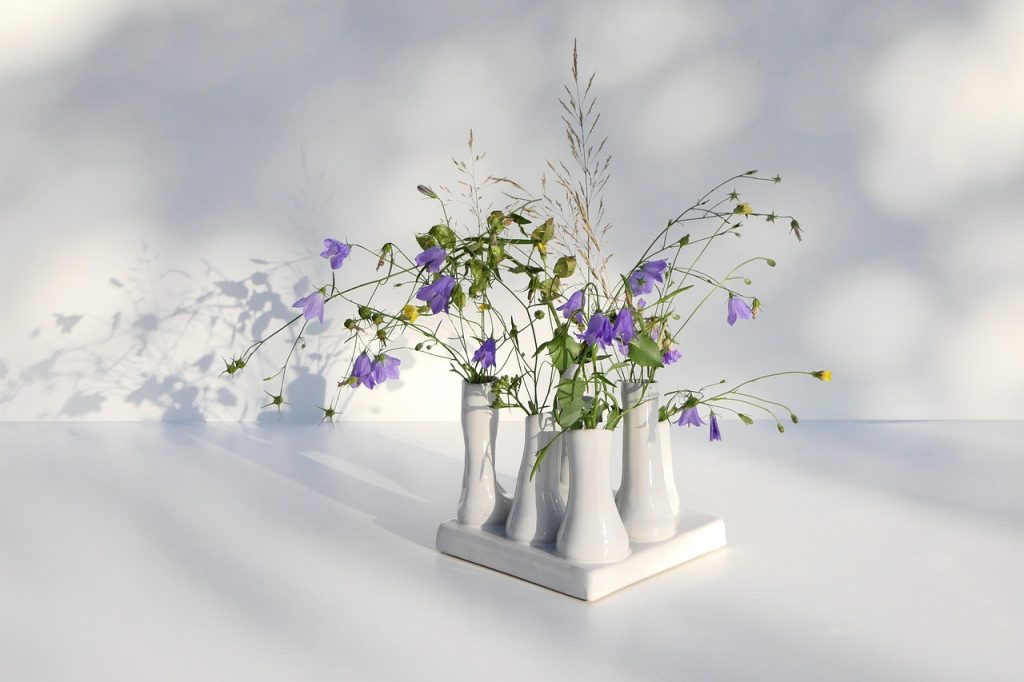
Why Natural Light Isn’t Enough
Indoor environments rarely provide the light intensity and duration plants need for optimal growth. Most houseplants originate from tropical or sunny regions where they receive 12–16 hours of bright, direct, or filtered sunlight daily. In contrast, indoor settings, especially in winter or in homes with limited windows, often deliver only a fraction of this light.
According to Family Handyman, even a south-facing window may not provide enough light for sun-loving plants like succulents or herbs, particularly in northern climates where daylight hours shrink in fall and winter. Low light leads to leggy growth, pale leaves, and stunted development, making grow lights for indoor plants essential for supplementing or replacing natural sunlight.
How Grow Lights Supplement Plant Health
Grow lights for indoor plants support critical processes like photosynthesis, turgescence, and flowering. Photosynthesis, the process by which plants convert light into energy, relies on specific wavelengths to produce carbohydrates for growth. Turgescence, the state of cell rigidity, depends on water and light-driven nutrient uptake to keep leaves firm and upright. Flowering plants, like orchids or African violets, need targeted light spectra to bloom effectively.
According to The Green Mad House, grow lights deliver these wavelengths, ensuring plants remain vibrant and healthy even in low-light conditions. By mimicking sunlight, grow lights for indoor plants enable year-round growth, regardless of season or indoor setup.
Light Spectrum & Plant Needs
Understanding light spectrum is key to choosing effective grow lights for indoor plants. Plants use light in the Photosynthetically Active Radiation (PAR) range (400–700 nanometers) for photosynthesis, with red and blue wavelengths being the most critical. Here’s a breakdown based on sources like The Spruce and Indoor Plants Channel:
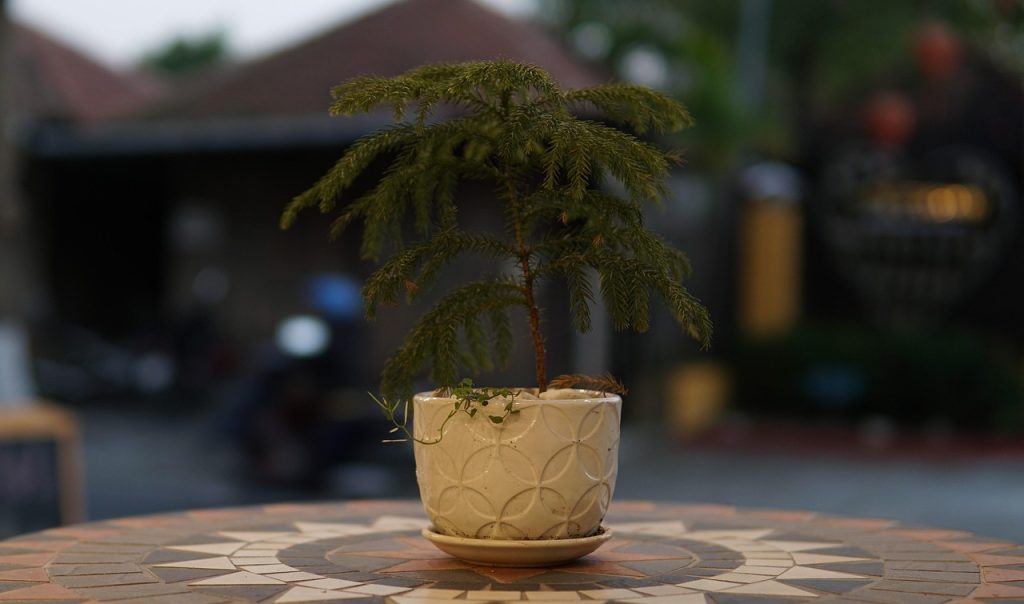
Red vs. Blue vs. Full Spectrum
- Blue Light (400–520 nm): Promotes vegetative growth, encouraging strong stems, dense foliage, and root development. It’s ideal for seedlings, leafy greens, and plants in the vegetative stage. Too little blue light can lead to leggy, weak growth.
- Red Light (630–700 nm): Drives flowering, fruiting, and stem elongation. It’s crucial for blooming plants like orchids or for herbs in the reproductive stage. Excess red light can cause stretching.
- Full Spectrum: Mimics natural sunlight, covering the entire PAR range (400–700 nm), including blue, red, and green light. Full-spectrum grow lights for indoor plants are versatile, supporting all growth stages and most plant types. They’re often recommended for beginners due to their balanced output.
PAR Principles
PAR (Photosynthetically Active Radiation) measures the light plants can use for photosynthesis, expressed in micromoles per square meter per second (µmol/m²/s). Higher PAR values indicate more intense light, but needs vary by plant. For example, low-light plants like pothos need 100–200 µmol/m²/s, while high-light plants like cacti require 400–700 µmol/m²/s. Photosynthetic Photon Flux Density (PPFD) further quantifies how much PAR reaches your plant’s leaves, with ideal ranges of 500–700 µmol/m²/s for most indoor plants, per The Spruce. Choosing grow lights for indoor plants with adequate PAR and PPFD ensures optimal growth without overwhelming delicate foliage.
Types of Grow Lights: LED, Fluorescent, HID
When selecting grow lights for indoor plants, you’ll encounter three main types: LED, fluorescent, and HID. Each has unique pros, cons, costs, and heat outputs, as outlined by Better Homes & Gardens and Epic Gardening. Here’s a detailed comparison:
LED Grow Lights
- Pros: Energy-efficient, long lifespan (up to 50,000 hours), low heat output, customizable spectrums (full-spectrum or red/blue ratios), and compact designs. Ideal for most indoor plants, including herbs, succulents, and tropicals.
- Cons: Higher upfront cost (typically $20–$200 for home use). Some models emit a purplish glow, which may not suit living spaces aesthetically.
- Cost: $20–$200, depending on wattage and features.
- Heat Output: Minimal, allowing closer placement to plants (6–12 inches).
- Best For: Beginners and small-scale growers due to efficiency and ease of use.
Fluorescent Grow Lights (CFL, T5, T8)
- Pros: Affordable ($10–$50), widely available, and suitable for low- to medium-light plants like African violets or seedlings. Full-spectrum CFLs mimic sunlight effectively.
- Cons: Shorter lifespan (10,000–20,000 hours), higher energy use than LEDs, and limited spectrum options. Not ideal for large or light-hungry plants.
- Cost: $10–$50 for bulbs or fixtures.
- Heat Output: Moderate, requiring 12–24 inches of distance to avoid leaf burn.
- Best For: Budget-conscious beginners or seed starting.
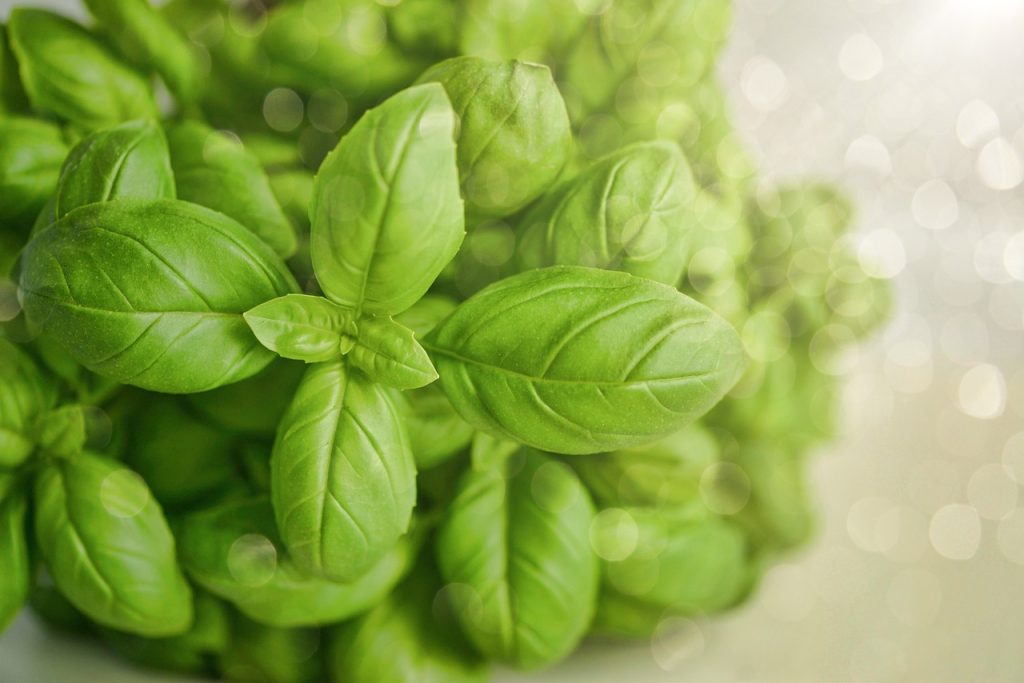
HID Grow Lights (HPS, MH)
- Pros: High light intensity and excellent canopy penetration, ideal for large, light-demanding plants like tomatoes or orchids. Proven in commercial settings.
- Cons: High energy consumption, significant heat output requiring ventilation, shorter lifespan (9,000–24,000 hours), and bulky fixtures. Not beginner-friendly.
- Cost: $50–$300 for bulbs and fixtures.
- Heat Output: High, needing 24–36 inches of distance and cooling systems.
- Best For: Advanced growers with large setups.
Why LED is Best for Most Beginners
According to Gardening Tips and Tricks, LEDs are the top choice for beginners due to their energy efficiency, low heat, and versatility. They require less maintenance, don’t need frequent bulb replacements, and can be placed closer to plants without risk of heat stress. Full-spectrum LEDs suit a wide range of grow lights for indoor plants, making them ideal for novices unsure of their plants’ specific needs.
Choosing the Right Grow Light
Selecting the best grow lights for indoor plants involves matching the light’s coverage, wattage, and features to your plants and space. Here’s how to choose, based on Geeky Greenhouse and The Spruce:
Coverage Area and Wattage
- Coverage Area: Measure your growing area (e.g., a shelf or table). A general rule is 20–40 watts per square foot for most indoor plants. For example, a 2×2-foot area needs 80–160 watts. Low-light plants (e.g., pothos) need less (20–25 watts/sq ft), while high-light plants (e.g., cacti) need more (30–40 watts/sq ft).
- Wattage: Choose wattage based on plant needs and space. A 10–20W light works for a single plant, while 100–400W suits larger setups or multiple plants.
- PPFD Consideration: Aim for 500–700 µmol/m²/s for most houseplants. Check manufacturer specs for PPFD at recommended hanging distances.
How High to Hang Above Plants
Proper distance prevents light burn or insufficient intensity:
- LEDs: 6–12 inches for seedlings or low-light plants, 12–24 inches for mature plants.
- Fluorescents: 12–24 inches to avoid heat stress.
- HIDs: 24–36 inches due to high heat output. Adjust height as plants grow to maintain optimal PPFD, per Homegrown Garden.
Timer Setup and Daily Light Hours
Most indoor plants need 12–16 hours of light daily, with flowering plants at the higher end, according to FarmFreshChoice. Use a programmable timer to automate schedules, ensuring consistent light without manual effort. If you’re working with Large Indoor Plants to Decorate Your Home in 2025, proper lighting becomes even more important to keep them thriving and visually impressive. For example:
- Low-light plants (e.g., snake plants): 12–14 hours.
- Medium-light plants (e.g., pothos, philodendrons): 14–16 hours.
- High-light plants (e.g., succulents, herbs): 16–18 hours. Set timers to turn off at night, mimicking natural dark periods to prevent stress.
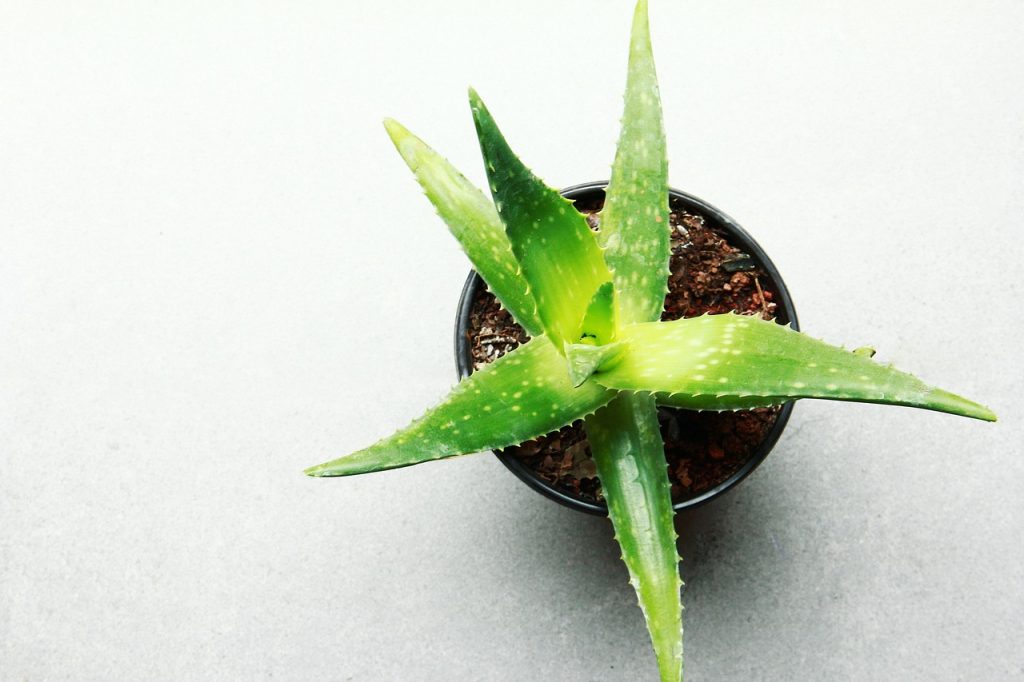
Top Grow Light Picks for 2025
Based on reviews from SmartPlantStore, Homegrown Garden, and Real Simple, here are top grow lights for indoor plants in 2025, with pros and cons:
GooingTop LED Grow Light
- Features: 6000K full-spectrum, 10 red + 74 white LEDs, 5-level dimming, 4/8/12-hour timer, clip-on design.
- Pros: Affordable ($20–$30), energy-efficient (10–50W), flexible gooseneck arms, ideal for small setups or tabletop plants.
- Cons: Limited coverage for large areas (best for 1–2 plants). Dimming may not be precise for advanced users.
- Best For: Beginners with small plants like herbs or succulents.
Soltech Aspect Large Grow Light
- Features: Full-spectrum 3000K LED, 40W, stylish pendant design, 50,000-hour lifespan, wall or ceiling mountable.
- Pros: Aesthetically pleasing, high PPFD for medium-light plants, energy-efficient, great for living spaces.
- Cons: Higher cost ($100–$150), fixed spectrum (no dimming or color adjustment).
- Best For: Style-conscious beginners with 1–3 plants, like monsteras or fiddle leaf figs.
LEOTER Grow Light for Indoor Plants
- Features: Full-spectrum, 40W, four gooseneck arms, 3 spectral modes, 10 dimming levels, 3/6/12-hour timer.
- Pros: Versatile, adjustable spectrum and brightness, covers up to 4×4 feet, budget-friendly ($30–$50).
- Cons: Bulkier design may not suit small spaces. Gooseneck arms can be tricky to position.
- Best For: Beginners with multiple plants or larger setups.
Medicgrow NEO-780
- Features: Full-spectrum 760W, dimmable, switchable red/blue ratios, high PPFD for 4×4 or 5×5 areas.
- Pros: Professional-grade, customizable spectrum, ideal for high-light plants or advanced setups.
- Cons: Expensive ($500+), overkill for small-scale beginners, requires ventilation.
- Best For: Serious hobbyists transitioning to advanced growing.
Setup & Placement Tips
Proper setup maximizes the effectiveness of grow lights for indoor plants. Follow these tips from Martha Stewart and Better Homes & Gardens:
- Light Positioning: Place lights directly above plants to ensure even coverage. For multiple plants, use a stand or bar-style light to cover the entire area. Clip-on or gooseneck lights work well for single plants.
- Plant Rotation: Rotate plants weekly to ensure all sides receive equal light, preventing uneven growth or leaning.
- Lamp Cleaning: Dust bulbs monthly with a soft cloth to maintain light intensity. Dirty bulbs can reduce PPFD by up to 20%.
- Adjusting as Plants Grow: Raise lights as plants grow taller to maintain recommended distances (6–24 inches for LEDs, 12–36 inches for fluorescents/HIDs). Check manufacturer guidelines for specific models.
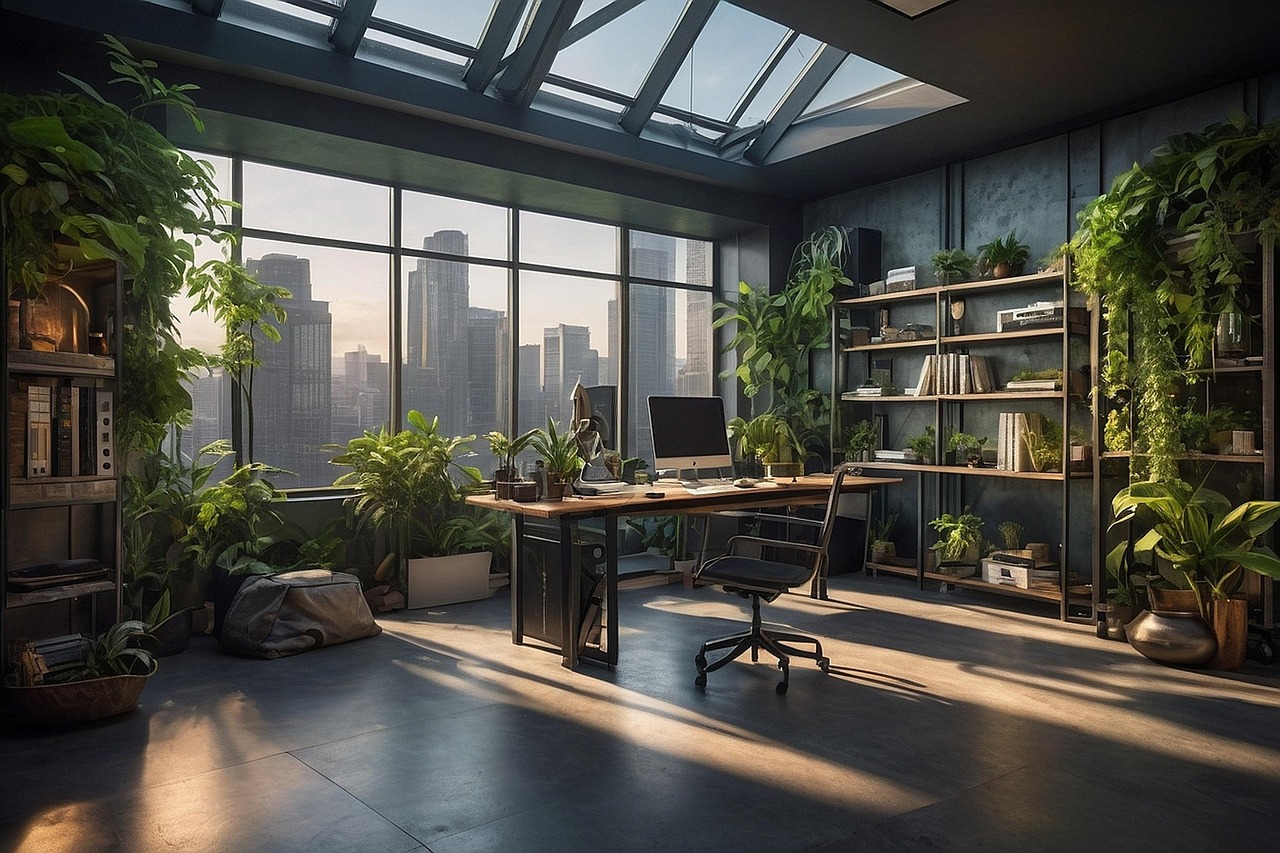
Common Beginner Mistakes
Avoid these pitfalls when using grow lights for indoor plants to ensure healthy growth:
- Overwatering vs. Over-Lighting: Beginners often overwater when adding grow lights, mistaking light stress for thirst. Check soil moisture before watering, as grow lights don’t increase water needs.
- Not Using Full-Spectrum Lights: Single-spectrum lights (e.g., only red or blue) limit growth stages. Opt for full-spectrum grow lights for indoor plants for versatility.
- Poor Distance Adjustment: Placing lights too close risks leaf burn; too far reduces PPFD. Regularly adjust height based on plant growth and light type.
- Ignoring Timers: Manual on/off switching leads to inconsistent light schedules. Use a timer to automate 12–16 hours of daily light.
- Choosing Inappropriate Wattage: Low-wattage lights for high-light plants (e.g., cacti) or high-wattage for low-light plants (e.g., pothos) can stunt growth or waste energy. Match wattage to plant needs (20–40 watts/sq ft).
FAQs
LEDs are the best grow lights for indoor plants for most beginners due to their energy efficiency, low heat, long lifespan, and full-spectrum options. Fluorescents are budget-friendly for seed starting, while HIDs suit large-scale or high-light setups.
Most indoor plants need 12–16 hours daily, with low-light plants (e.g., snake plants) at 12–14 hours and high-light plants (e.g., succulents) at 16–18 hours. Use a timer for consistency, per FarmFreshChoice.
Hang LEDs 6–24 inches above plants, fluorescents 12–24 inches, and HIDs 24–36 inches, adjusting based on plant growth and manufacturer specs, per Geeky Greenhouse.
Regular LED bulbs lack the specific PAR wavelengths needed for photosynthesis. Use dedicated grow lights for indoor plants with full-spectrum output (400–700 nm) for best results.
Conclusion
Grow lights for indoor plants are a game-changer for beginners, enabling lush, healthy growth regardless of natural light limitations. By understanding spectrum basics (red, blue, full-spectrum), choosing the right type (LEDs for most beginners), matching wattage and coverage to your plants, and following proper setup and placement tips, you can create an ideal growing environment. Top 2025 picks like the GooingTop LED Grow Light and Soltech Aspect offer beginner-friendly options to suit various needs and budgets.
Avoid common mistakes like over-lighting or skipping timers, and experiment with adjustments to find what works for your plants. With the right grow lights for indoor plants, you’ll enjoy vibrant greenery year-round, boosting both your home’s aesthetic and your confidence as a plant parent. Start small, observe your plants’ responses, and let your indoor garden thrive!